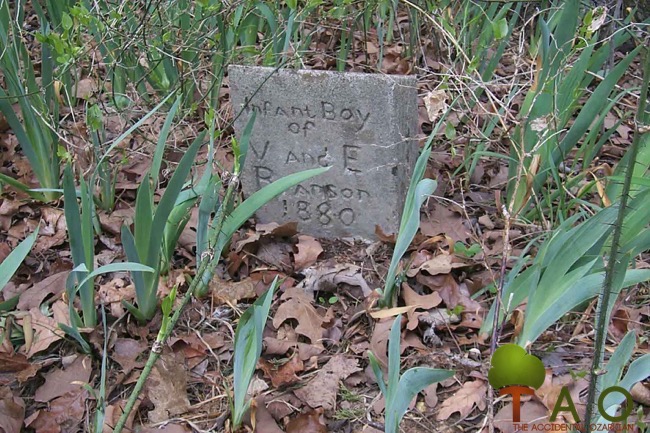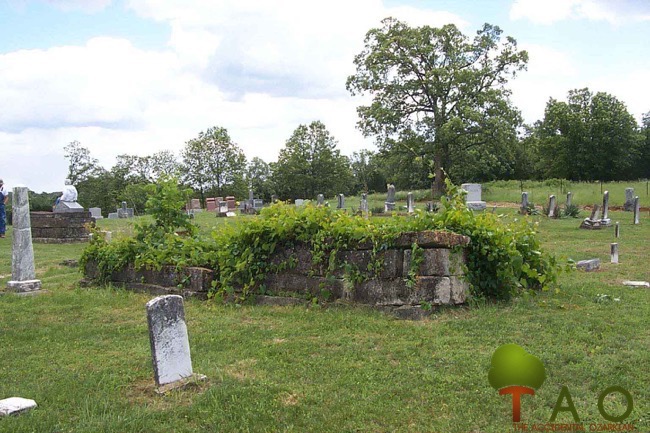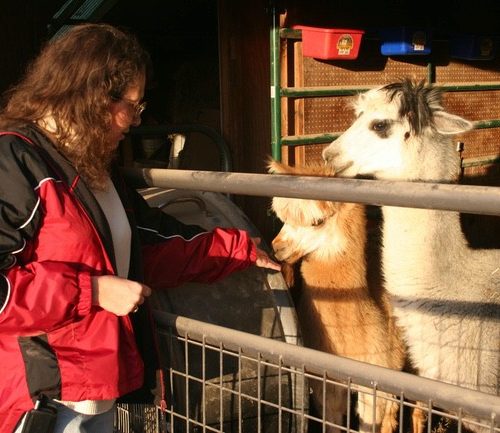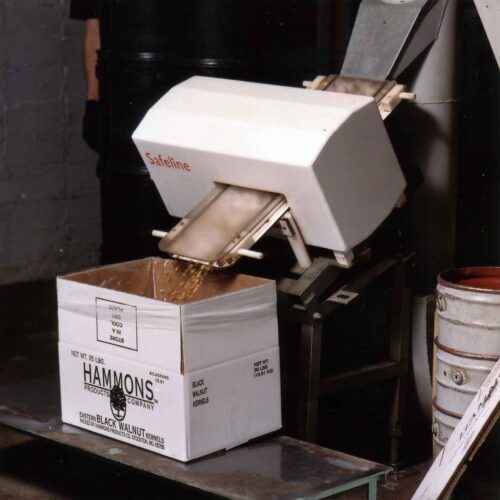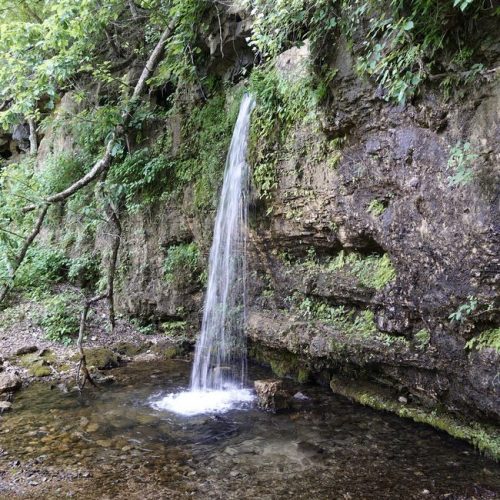My aunt once told me, “Your family has a thing about going out to cemeteries. It’s morbid.” The older I get, the more I think she is right on one count and dead wrong on the other. Yes, I have a thing about sleuthing about in old cemeteries, especially searching for folk art, but this fascination with cemeteries does not revolve around morbidity. I like to go to old cemeteries to discover history, and to get the spiritual boost I sometimes need to remind me that life is precious.
You know it was not too long ago when whole communities gathered at cemeteries to care for the grounds, to pay respect to the dead (especially veterans) and to socialize. Families would bring picnic lunches, feast on the grounds as they took an afternoon break, and catch up on the latest news (the kind you cannot get in the local paper). Today we hire caretakers, or expect church members, to do the job that we once performed as a way of life.
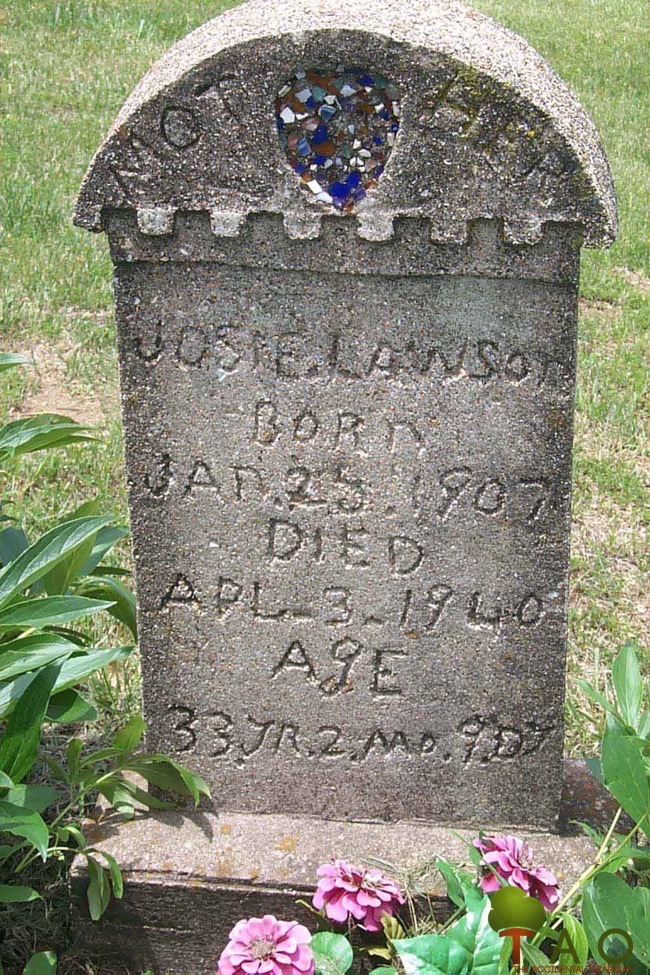 As I occasionally do for a good day out, I spent time sleuthing in cemeteries with my pal from Vienna—the one who wrote the book on cemeteries in her county. She brought along her friend and her grandson and we took off for an afternoon of cemetery sleuthing. We also packed our lunches, because we have found that a cemetery is a nice place for a picnic.
As I occasionally do for a good day out, I spent time sleuthing in cemeteries with my pal from Vienna—the one who wrote the book on cemeteries in her county. She brought along her friend and her grandson and we took off for an afternoon of cemetery sleuthing. We also packed our lunches, because we have found that a cemetery is a nice place for a picnic.
Folk Art Sleuthing
In the past she and I have been to several cemeteries that bear a heavy Victorian influence, with elaborate carvings and sentimental epitaphs. On this trip we decided to look for poor folks’ plots—the ones that have folk art on the tombstones.
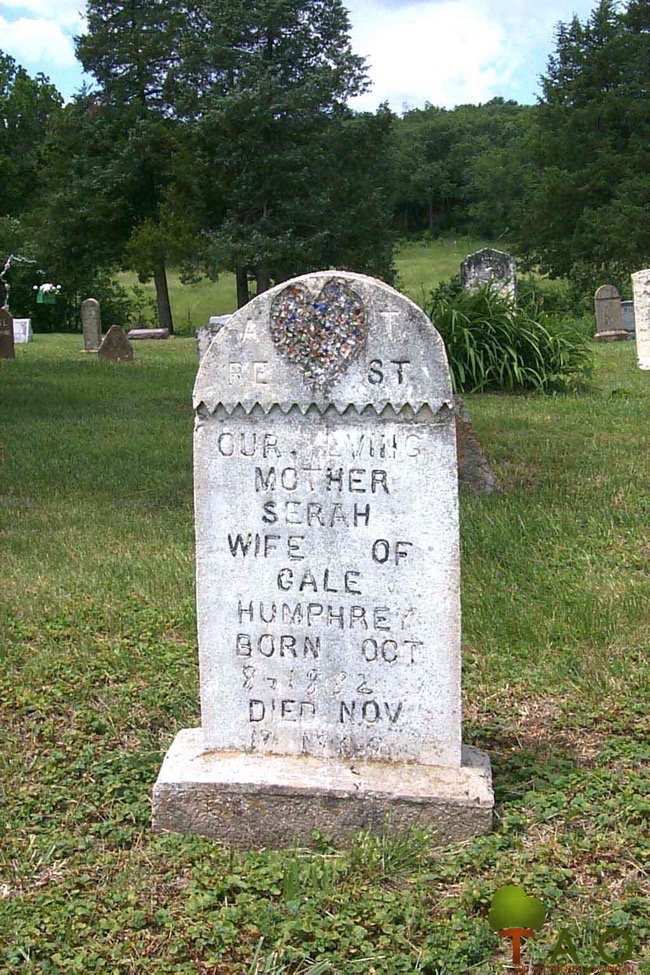
First we drove to the Jim Matt Lawson Cemetery, on the west side of Maries County. Several of the headstones were made of concrete and three headstones contain pressed glass inside a heart shape. My friend said, “Back then, if they broke something, they just saved it.”
We saw evidence of blue fruit jar glass and green medicine bottle glass, along with clear and red glass. The pieces had been carefully pressed within the boundaries of hearts while the concrete was wet. On several of the stones, the writing was freehand and contained misspelled words, such as “Our Lving Mother,” and “Baby Infent.” Some of the stones dated to the mid-1870s.
Second Summer Complaint
While I stood in the cemetery, I could not help but notice the number of small headstones. I said, “There are so many babies out here,” and my friend told me about what people once called Second Summer Complaint. According to my friend, after the babies were weaned they would eat and drink bacteria-laden food and milk, which caused sicknesses and death. Although plenty of babies died at birth, there seemed to be more who did not live to be two-years old.
After looking at the Lawson Cemetery, we drove to the nearby Red Cemetery. A few graves at this cemetery had long limestone blocks on top. The blocks must have measured at least eight feet and were about two-feet wide. Fortunately the caretaker was mowing and stopped to talk to us. He told us that men hauled the blocks to the cemetery on a special wagon, constructed to carry the long blocks underneath the bed.
My friend also told me about a cemetery near St. James called Rock Springs Cemetery. Supposedly, when she last saw it in the 1980s, it had two folk art stones made of concrete with dinner plates pressed into the forms. Of course I wanted to see that, so later, my husband, parents and I went out there last spring, between thunderstorms.
Rock Springs Cemetery is located about five miles northwest of St. James, and one-half mile east of Little Bourbeuse Creek. Upon arrival, we opened the cattle gates and walked into the cemetery, immediately spotting two concrete markers with dinner plates—one black and one white. No words were discernable, but the plates had aged well. They looked fancy and like something my grandmother would have set on the table with relishes.
My Favorite Folk Art Tombstone
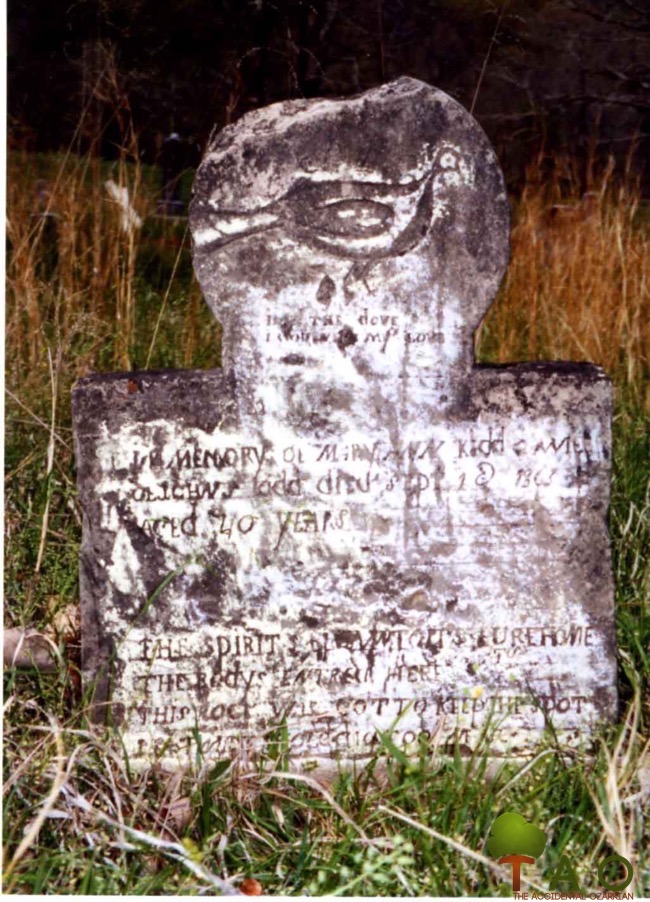
The oldest tombstone at Rock Springs dates 1837. It belongs to a nine-day old baby. He and many other little ones lie near their families in that old cemetery. We found several marble and limestone tombstones from the Victorian era, and modern stones, too.
Then the sun started setting and a thunderstorm came closer and closer. The air was still and cool. For a few moments the fragility of life, with that very thin line we all must cross, felt patently obvious.
First published in Jan. 2002

